The Dinosaur Museum in a box
This was a project concieved during the lockdown period
Replica Fossils
-
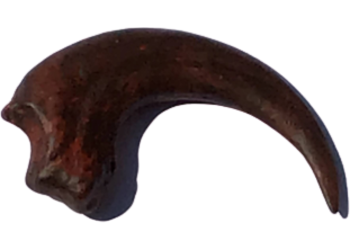
Velociraptor claw
velociraptor is a small carnivorous dinosaur. It was about the size of a turkey. Recently paleontologists have discovered that velociraptor was almost certainly featured. This is the "killing claw" - the second toe claw, that may have been used to hold struggling prey in a similar way to modern hawks.
-
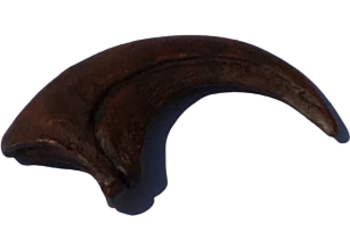
deinonychus claw
deinonychus is another carnivorous dinosaur in the same family as velociraptor (the Dromaeosauridae family). Deinonychus could grow up to 2.5m long and was probably feathered, like velociraptor.
-
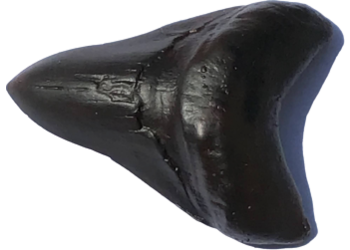
Megalodon tooth
Megalodon (meaning giant tooth), is the largest ever shark to have lived. Luckily, it went extinct 2.6mya. Most of what we know about Megalodon comes from teeth like this one. Scientists still disagree on how big they really were, estimates range from 10-25m long!
-
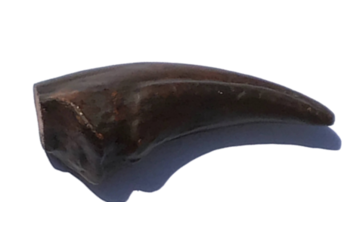
Nanotyrannus lancensis claw
Nanotyrannus lancensis is a small tyrannosaur. Scientists are not sure if this dinosaur is its own species or a young T. rex
-
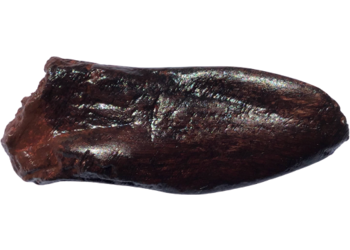
Brachiosauridae tooth
This a tooth from a sauropod dinosaur (a group of long necked dinosaurs that includes Brachiosaurus). Sauropods were herbivores and used their long necks to reach the leaves and foliage on trees. They had rake like teeth that could be used to strip leaves from branches.
-
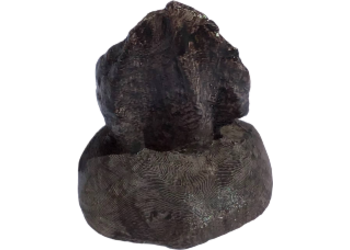
Triceratops tooth
Triceratops was a herbivore that fed on shrubs and ferns. They had very complex teeth that allowed them to them slice up tough plant material as they chewed, allowing them to eat plants that were too tough for other dinosaurs.
-
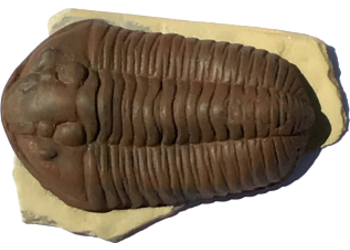
Trilobite
Trilobites appeared in the ocean around 600 mya, long before fish or dinosaurs. They are one of the earliest animals found to have eyes. They flourished in the seas for over 300 million years. Fossils are quite common as they were widespread, lived in the ocean and had an easily fossilized exoskeleton.
-
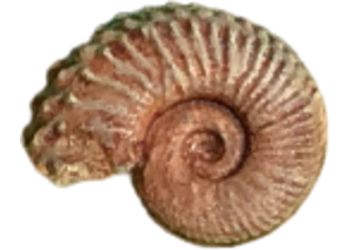
Ammonite Subprionocyclus sp.
Ammonites are related to modern cephalopods (like squid, octopus & cuttlefish). They had squid like tentacles extending from their multi chambered shells and a sharp beak like jaws. They probably swam backwards, by squirting water from their shells.
-
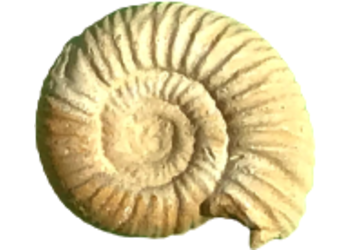
Ammonite Perisphinctes sp.
Most ammonite species had coiled shells, like this one. The shell are divided into separate chambers separated by thin walls called septa. The animal always lived in the outermost chamber, but it could pump air into the other chambers through a narrow tube called a siphuncle. This probably helped them adjust their buoyancy.
-
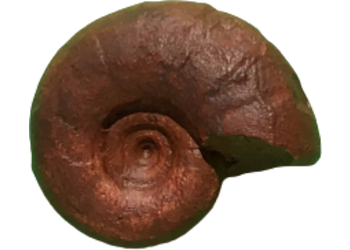
Ammonite Eotetragonites
Ammonites were once one of the most abundant animals in the sea. They went extinct along with the dinosaurs 66 mya. They ranged in size from a few mm to almost 2m across. They were carnivores, feeding on plankton, crustaceans and other ammonites.
-

Australian Theropod footprint
Trace fossils like this footprint help scientists figure out how dinosaurs walked. It sticks up, because it was made by sediment filling up the original footprint before hardening into stone.
-
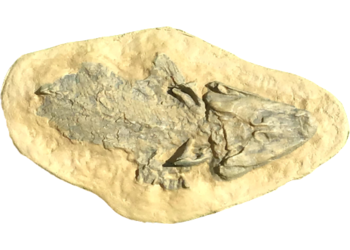
Tiktaalik Roseae
Tiktaalik is an extinct fish, with a flat crocodile like head and sturdy boned fins that it could use to pull itself along in the shallows or even on land. It has features of both fish and early tetrapods (the first 4 legged animals to live on land) which helps us understand how the first land animals evolved.
-
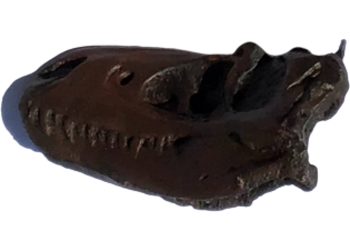
Nanotyrannus lancensis skull
Nanotyrannus lancensis is a small tyrannosaur. Scientists are not sure if this dinosaur is its own species or a young T. rex
-
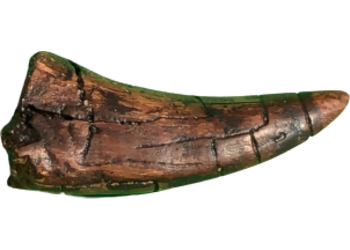
Tyrannosaurus tooth
T. rex is among the largest land dwelling predators ever to have existed. Its bite was strong enough to crunch through bone.